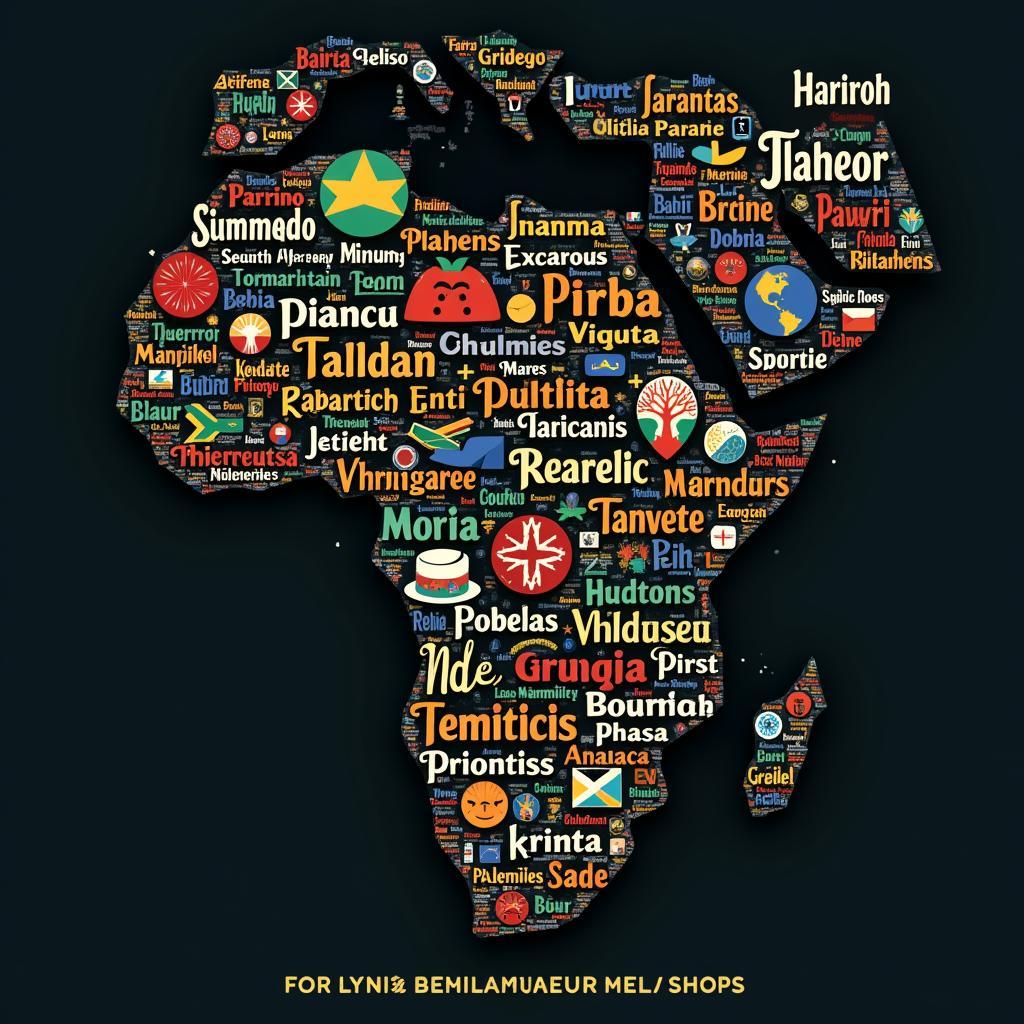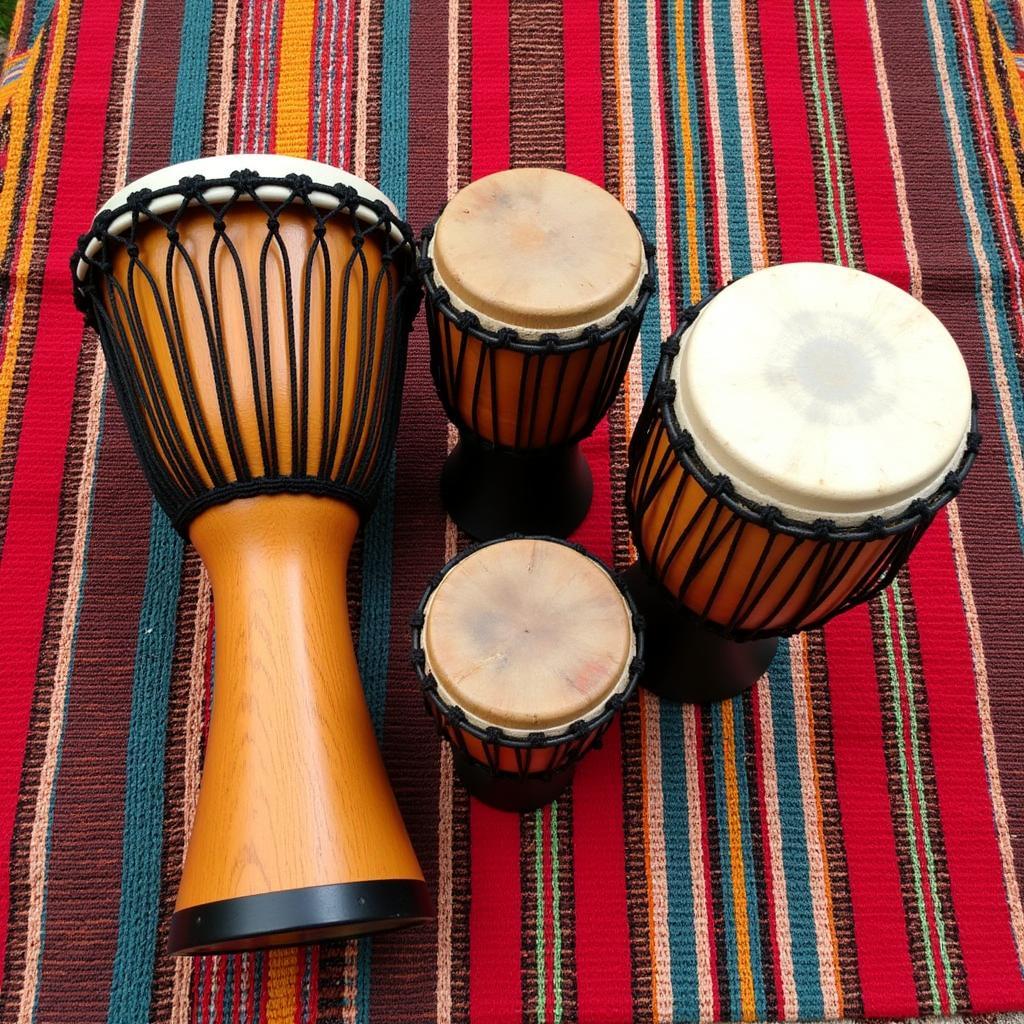The Joyful World of African Kids Dancing
African Kids Dancing is a vibrant expression of culture, tradition, and pure joy. From traditional ceremonies to spontaneous celebrations, dance plays a crucial role in the lives of children across the African continent. This article delves into the rich tapestry of movement, rhythm, and meaning behind these captivating performances.
It’s incredibly common to see videos of African kids dancing online, often showcasing incredible talent and infectious energy. But what lies beneath the surface of these mesmerizing displays? What are the cultural contexts, and how does dance shape the lives of these young individuals? Let’s explore the fascinating world of African kids dancing.
The Cultural Significance of Dance in Africa
Dance in Africa is more than just entertainment; it’s a powerful form of communication, storytelling, and social bonding. It’s woven into the fabric of everyday life, accompanying births, deaths, harvests, and everything in between. For children, dance is a natural extension of play, a way to learn about their heritage and connect with their communities. From the rhythmic footwork of West African dances like the Azonto to the graceful movements of East African styles, the diversity of dance across the continent is truly remarkable.
Different regions and ethnic groups have their unique dance forms, each with its own specific steps, costumes, and musical accompaniment. These dances often tell stories, passing down traditions and values from one generation to the next. They can be expressions of joy, celebration, mourning, or even spiritual connection. For African kids, learning these dances is a vital part of their cultural upbringing.
How Dance Shapes the Lives of African Children
Dancing provides a myriad of benefits for African children. Physically, it develops coordination, strength, and flexibility. Mentally, it enhances cognitive skills, memory, and creativity. Socially, it fosters teamwork, discipline, and a sense of belonging.
Physical and Cognitive Development Through Dance
The intricate movements and rhythms of African dances challenge children physically and mentally. They learn to synchronize their bodies with the music, developing a keen sense of rhythm and timing. This enhances their motor skills, balance, and spatial awareness. Moreover, memorizing complex choreographies strengthens their memory and improves cognitive function.
african kids dancing step got viral
Social and Emotional Benefits of Dance
Dance creates a strong sense of community among African children. Participating in group dances teaches them cooperation, teamwork, and respect for others. It also provides a safe space for emotional expression, allowing them to express their joy, fears, and hopes through movement. This can be particularly important in challenging circumstances, providing a much-needed outlet for stress and anxiety.
Why is African Kids Dancing so Popular Online?
The infectious energy and impressive talent showcased in videos of African kids dancing have captivated audiences worldwide. These videos offer a glimpse into the rich cultural heritage of Africa, celebrating the joy and vitality of its youth. The sheer talent and passion displayed by these young dancers are undeniably inspiring. Many have gone viral, spreading awareness and appreciation for African culture.
The Power of Social Media
Social media has played a crucial role in the global popularity of African kids dancing. Platforms like YouTube and TikTok have provided a platform for these videos to reach a vast audience. This exposure has helped to break down stereotypes and foster cross-cultural understanding.
Preserving Cultural Heritage Through Dance
As the world becomes increasingly interconnected, it’s more important than ever to preserve and celebrate cultural diversity. African kids dancing is a testament to the rich traditions of the continent, and it plays a vital role in ensuring that these traditions are passed on to future generations. By supporting and promoting these art forms, we can help to safeguard Africa’s vibrant cultural heritage.
Conclusion: The Enduring Legacy of African Kids Dancing
African kids dancing is a powerful expression of culture, tradition, and the sheer joy of being alive. It’s a testament to the resilience, creativity, and spirit of Africa’s youth. By understanding and appreciating the significance of these dances, we can gain a deeper insight into the rich cultural tapestry of the African continent. The future of African dance lies in the hands of these talented children, and their vibrant performances promise a bright and exciting future for this art form. African kids dancing is a celebration of life, a connection to the past, and a hope for the future.
FAQ
- What are some common types of African dances for kids? Many different styles exist, including Azonto, Gumboot, and Adowa, varying by region and ethnic group.
- What is the significance of costumes in African dance? Costumes often reflect the specific culture or story being told through the dance.
- How can I learn more about African dance? Numerous resources are available online and in libraries, including videos, books, and cultural centers.
- What are the benefits of learning African dance? Improved physical coordination, cognitive function, and social skills are just a few.
- Where can I find authentic performances of African kids dancing? Cultural festivals, community events, and online platforms offer opportunities to experience these captivating performances.
- How can I support African dance and its preservation? Attend performances, donate to cultural organizations, and spread awareness through social media.
- Are there any online communities dedicated to African dance? Yes, many online forums and groups connect enthusiasts and practitioners of African dance.
More questions? Check out these articles:
Need assistance? Contact us 24/7: Phone: +255768904061, Email: kaka.mag@gmail.com, Address: Mbarali DC Mawindi, Kangaga, Tanzania.


